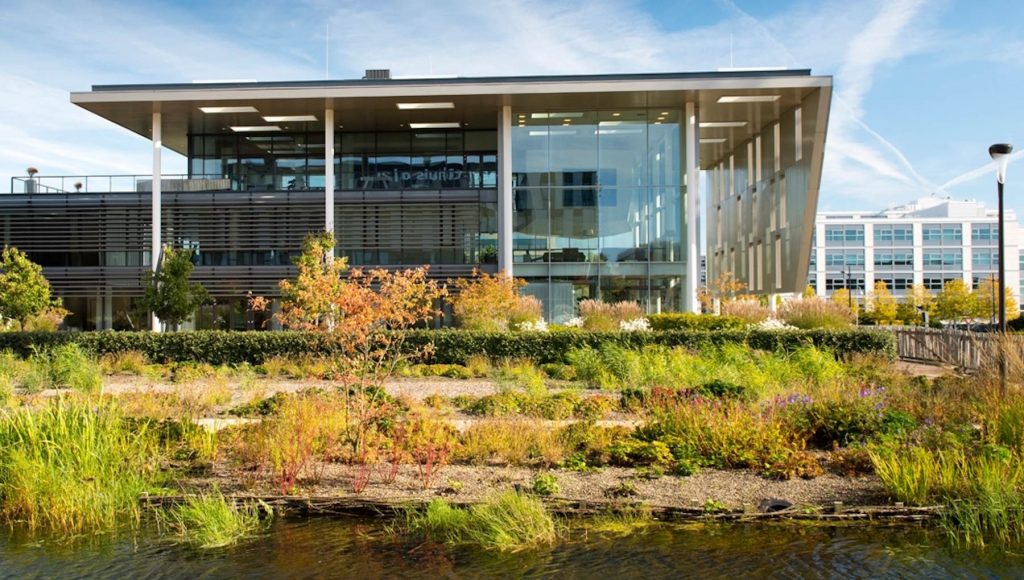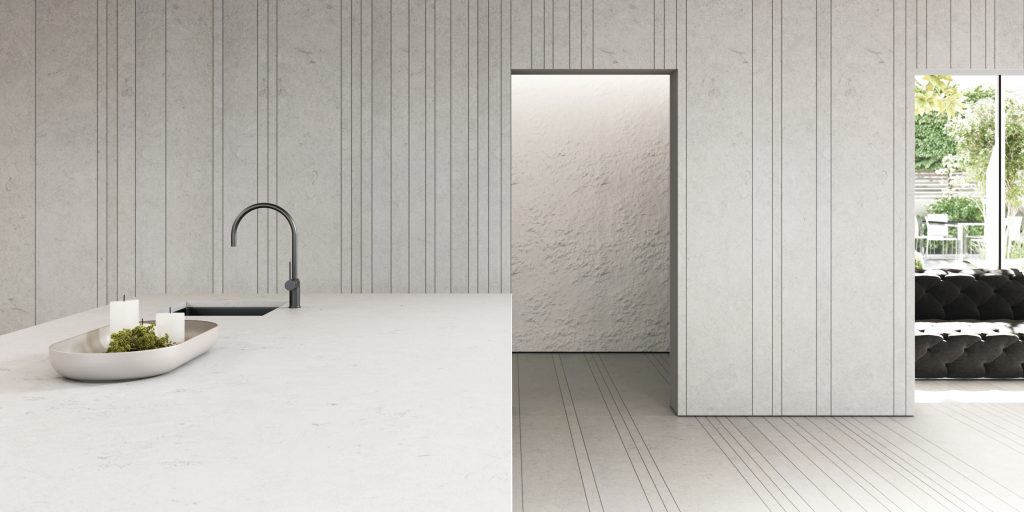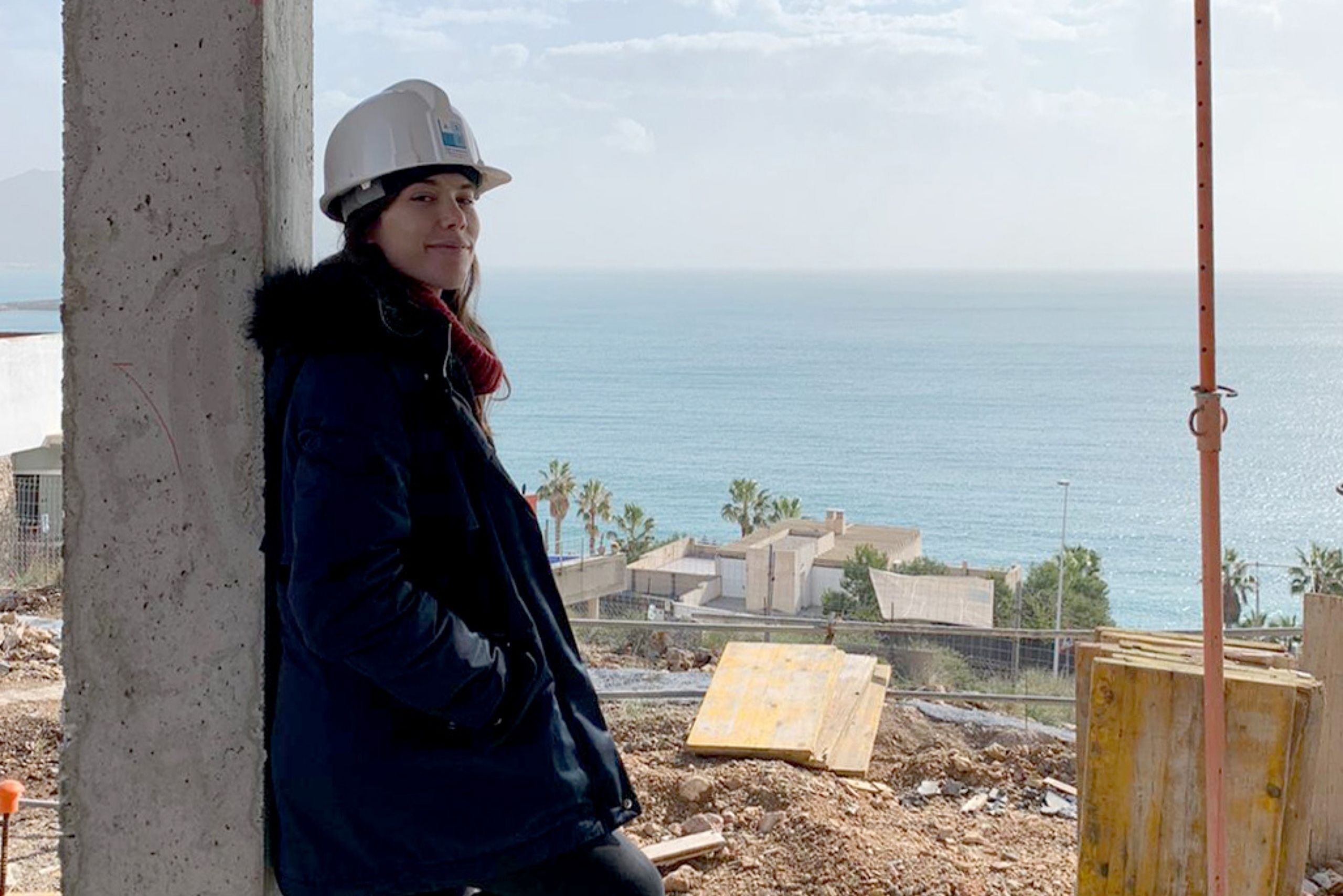Nowadays, material composition goes beyond just features and specifications that need to be a constant element in manufacturing commitments; today, sustainability and design as part of the circular economy play an essential role. This is why product designers, manufacturers and brands around the globe are exploring new and fascinating processes to transform product design and create materials that have a positive impact for people and, more importantly, on our beautiful planet. Nevertheless, how can we ensure that a material complies with sustainability and circular economy requirements? In short, through the Cradle to Cradle™ Seal or Certification.
What are the principles and requirements of Cradle to Cradle™?
Cradle to Cradle™ Certified status is rooted in the masterful Cradle to Cradle™ Design Principles established by William McDonough and Dr Michael Braungart, who set out three essential principles:
First, a circular and closed lifecycle. In other words, all products must be 100% recycled and, in addition, their end-of-life must not cause any environmental damage.
Second, the importance of renewable energy. We should ensure that design processes use quality energy from ecological resources.
Third, celebrate diversity. Products should be designed taking into account their biological, social and cultural aspects.
Cradle to Cradle™ architectural materials: a huge leap in sustainable architecture
Many architects have taken to heart the words of Dr Michael Braungart—one of the Cradle to Cradle™ Seal creators—in their work:
‘In Cradle to Cradle™ product manufacture, we normally say that only chemical substances that we could ingest are used. They should be designed to be part of biological systems.’
Despite this not being completely possible in practical terms, the underlying sense is a way to grasp this exemplary approach to manufacturing or designing a new product.
In construction or architecture, this would be a project based on a more effective ecological design without any energy being wasted and where all construction uses sustainable and renewable materials. Designs that adhere to the Cradle to Cradle™ method are projects that admirably imitate and subtly merge with nature.
One clear example of this type of architecture is the Park project in Amsterdam by William McDonough + Partners from 2017. This was the first workplace inspired by Cradle to Cradle™—an exceptionally sustainable business park housing around 88,000 m2 of office space. The project was developed by Delta Development Group, VolkerWessels and Reggeborgh Groep.

This marvellous project operates entirely on renewable energy and includes other sustainable elements such as hot and cold storage, solar panels and an helophyte water filtration system. Moreover, in line with the Cradle to Cradle™ philosophy, all elements used in the manufacture process can be completely upcycled at the end of their shelf life.
Cradle to Cradle™ materials for interior design projects: design and sustainability
Is it possible for CRADLE TO CRADLE™ materials to offer exclusive designs in new projects? Yes, it is! One standout material in terms of beauty and holding Cradle to Cradle™ Certified Bronze status is Obsidiana COMPAC—a material that reinvents surfaces. Created from recycled glass, it merges architecture, materiality, technology, talent, art and sustainability in the perfect formula for 3D composition that enables seamless unique elements to be designed, testifying to its decorative features.

Obsidiana COMPAC is one of the newest materials in the surfaces sector and has made a leap in innovation by being a 100% recycled and recyclable material, complying with the three Cradle to Cradle™ principles and the premises behind certification: a circular and closed lifecycle, using renewable energy and celebrating diversity. Sustainability has been an essential pillar to COMPAC’s approach throughout its history, being applied to all its design and industrial processes. Indeed, it is an essential element of the company’s DNA.
Today, the company is the first manufacturer in the world of Obsidiana COMPAC—a material that is both sustainable and extraordinarily beautiful. Beauty is also possible in sustainable materials for surfaces taking what is primordial, elemental and natural as inspiration.
The high resilience and resistance of this 100% recycled glass material underlies the Volcano and Astral Collections. The wide range of available formats and slim widths offer endless possibilities.
Cradle to Cradle™ as a requirement for LEED and BREEAM certifications
Being awarded Cradle to Cradle™ Certified status marks a turning point for sustainable firms since, thanks to the score they attain, it represents a starting point to obtaining the most demanding sustainable architecture certifications, such as the renowned environmentally-friendly construction standards LEED or BREEAM. All accreditations in architecture seek the same purpose: reducing environmental impact in both construction and use of the building or project, until its eventual replacement.
As well as rating buildings, the BREEAM and LEED certifications raise awareness about the critical importance of sustainability. BREEAM, or Building Research Establishment Environmental Assessment Method, has assessed the environmental sustainability of new and existing buildings around the world since the 1990s. In turn, LEED, or Leadership in Energy and Environmental Design, is a sustainable building certification system that fosters ecological, sustainable and highly energy efficient construction, assessing five different areas: sustainable location, water savings, energy efficiency and renewable energy, conservation of materials and natural resources, and interior environmental quality; there is also an additional category for innovation in design.
Highly aware of the times in which we live, sustainable architecture is no longer an option but rather an obligation. What impact do your projects have on the planet? Find out more about sustainable architecture at The Decorative Surfaces.

